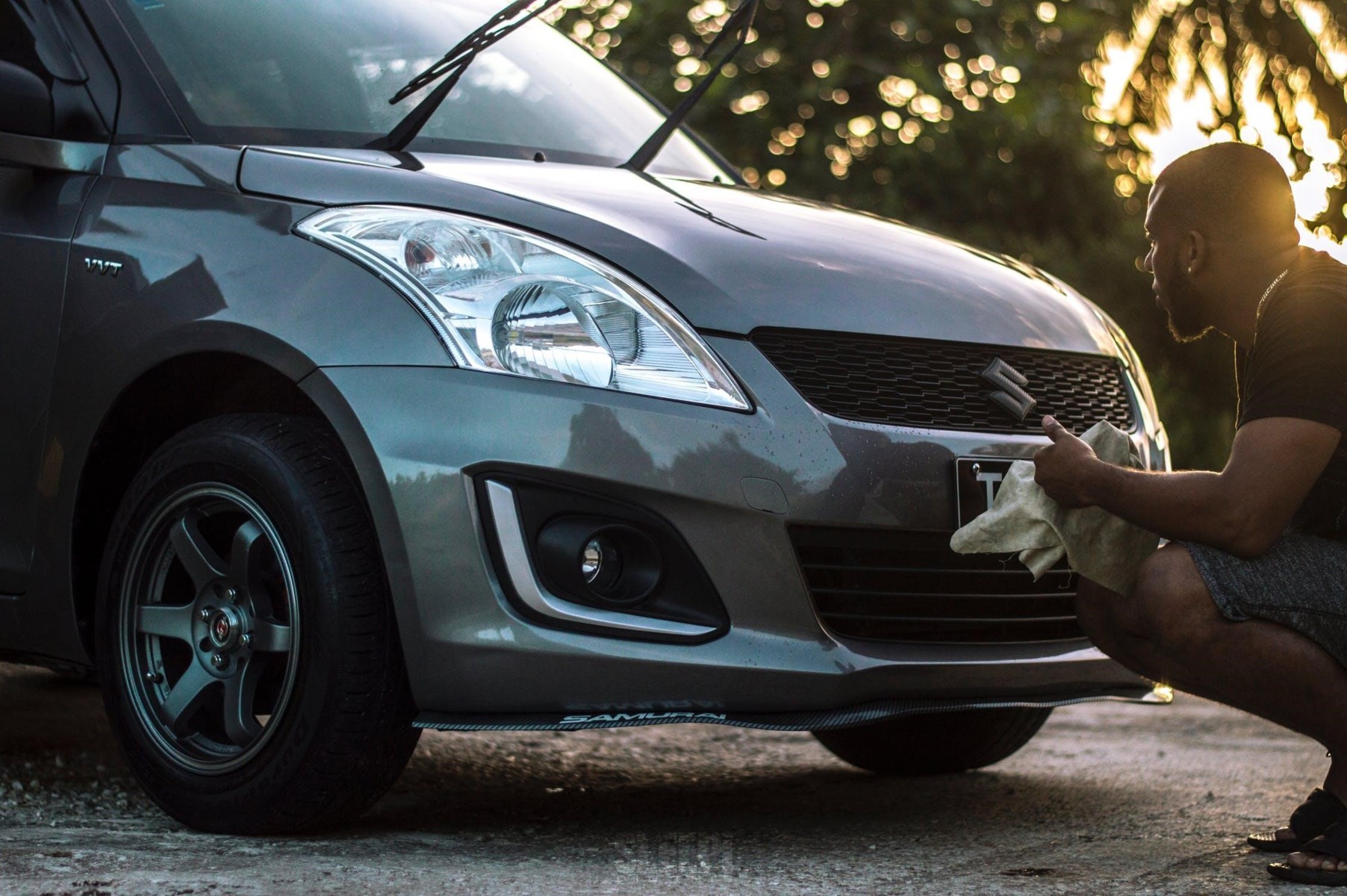What is CAPA Certified?
A lot of people get the meaning of CAPA certified wrong. It’s often confused with used parts, but the reality is much more impressive. The Certified Automotive Parts Association is a non-profit organization. They dedicate their time to testing and certifying replacement auto parts of all kinds. And since they’re totally independent, there’s no corporate bias to go along.
Not used, just certified automotive parts
Maybe it’s because of the term “certified pre-owned vehicle” that many people think a certified auto part is used. But the reality is that new replacement parts are difficult to vet, and CAPA has taken it upon themselves to prove which aftermarket parts are genuine and which aren’t worth a dime. From my vantage point, that seems pretty noble.
What parts can be CAPA certified?
CAPA performs testing on automotive parts of the following kind:
- Electronics: According to CAPA, they require “Electromagnetic Compatibility (EMC) testing on parts that contain active electronic devices, such as HID or LED components, and parts with motors.” Yes, this means headlights, too.
- Metals: From bezels to wheelhouses, CAPA certified metal parts are tested for adhesive integrity, quality control, coating performance, proper dimensions and more.
- Plastic: From fascias to grilles, CAPA certified plastic parts are tested for appearance, coating performance, fasteners, hardware and more.
- Nonwoven Fabrics: For hood liners and fender liners, CAPA certified nonwoven fabric parts are tested for thickness, moisture absorption, chemical resistance, construction and more.
- Lighting: For high-mounted brake lights, headlamps, taillamps and sidemarkers, CAPA certified lighting parts are tested for effective projected luminous lens area, proper level of illumination, photometry, projected durability and more.
- Attachments: From lighting brackets to hood hinge brackets, CAPA certified attachment parts are tested for dimensional inspection, arc weld, fasters, hardware and more.
- Bumpers: From bumpers to energy absorbers, CAPA certified bumper parts are tested for correct positioning, strength of welds, primer, hitches and more.
- Radiators: For metal parts that may have plastic tanks fastened to the radiator core, CAPA certified radiator parts are tested for dimensions, composition, corrosion resistance, heat exchange and more.
- AC Condensers: For heat exchangers mounted in front of the radiator, CAPA certified AC condensers are tested for vibration, fit, leak resistance, dimensions and more.
- Mirrors: For mirror assemblies, CAPA certified mirror parts are tested for appearance, construction, retaining features, vehicle fit and more.
- Cameras: For exterior rearview cameras, CAPA certified cameras are tested for image quality, ingress protection, electromagnetic compatibility, vehicle fit and more.
- Sensors: For ultrasonic park distance control sensors, CAPA certified sensors are tested for function, climate, fit, electromagnetic compatibility and more.
- Glass: For windshields, CAPA certified glass is tested for compliance, dimensional requirements, glazing features, appearance requirements and more.
The CAPA quality seal
Not just any replacement part can be certified. The CAPA standards are real. The certification process has three steps, including:
- Approval of the manufacturer facility
- Approval of the part and vehicle fit
- Regular, random inspections to help maintain part quality
CAPA themselves don’t provide any warranties, but you should opt for a distributor that offers one to better protect you.
The CAPA quality seal helps to protect against fraud in the automotive aftermarket parts industry. You can find the quality seal for particular parts in these locations:

CAPA specifies buyers who are ordering parts should specify they want the parts to be CAPA certified. This allows buyers to be able to return parts to the distributor easily if they don’t end up having the quality seal.
Use their database to find what you’re looking for
For your reference, here’s a list of participating manufacturers, straight from CAPA themselves. Head to their database to find parts that are certified and decertified. You can also search for the CAPA seal number here. If you’re heavily into the aftermarket world, consider staying up to date on public notices and product safety alerts, which you can find here.















I have learned that is better to waste a little more money on something to get the best of it. I see that is the same with cars. Is better to buy something that is tested. Go that little extra mile for the vehicle we own its very important.
Good to know the entire story behind CAPA, some of this is news to me!
I think this is pretty cool and how this is a non profit organization taking the time to confirm to make sure the parts are genuine parts.
thanks for clearing that up!
High quality parts will usually cost more, but it is worth the effort to install the correct parts whenever possible.
CAPA certification is serious. They might be a non-profit, but the process is expensive. Manufacturers have to pay CAPA thousands to certify a light and they have to keep paying for every one of those stickers with a serial number. I like what they do and I respect them, but sometimes I think they go a little too far!
Thanks so much for this perspective! Super important to hear.
CAPA parts are tested and are supposed to be the same quality, fit, and function as the original OEM part. So you know your getting the closest thing to the original that came on your car.
I feel like the most important part of this certification is Regular, random inspections to help maintain part quality. The long term quality is always an issue with mass production parts.
The CAPA certification is preferred among body shops and dealerships. Yet, it definitely comes with a price. DIYers are likely to go for the inexpensive options. CAPA lights sell themselves for those looking for something that is OEM quality.
This was very informative. I assumed CAPA certification was limited to headlights.
Informative article. I thought CAPA was just for headlights. Good to know its for other items as well!
Very informative article, I had no idea there were seals to protect you during a purchase of aftermarket parts from fraud.
Lots of information in this article, this is my first time hearing about CAPA, and iv’e learned a lot on it.
A lot of great information in this article, CAPA is new to me but this gave a perfect explanation of who they really are and what they do.
I had no idea! I have never heard of CAPA before, so it’s good to know this information while looking for parts.
my first time hearing about CAPA and this article breaks it down smoothly. CAPA is a great organization
Just how it is important to follow FDA standards in what items we consume, it is also imperative to have knowledge of expertise such as CAPA when looking to purchase certified parts.